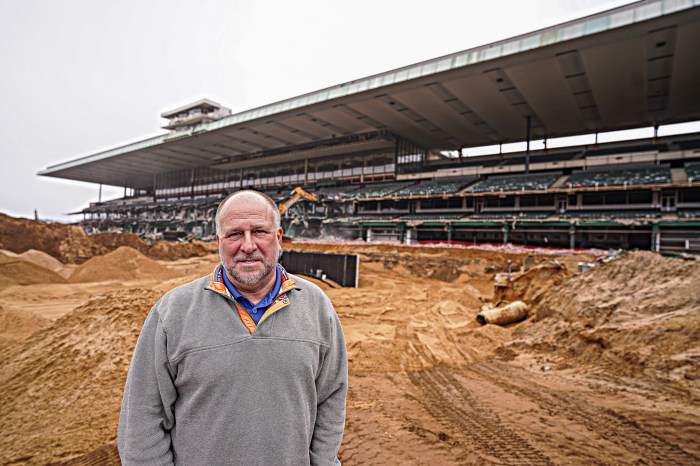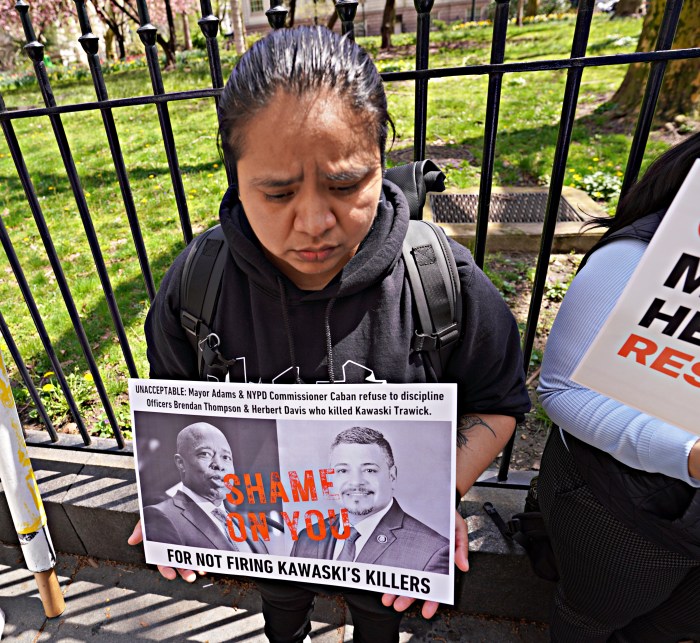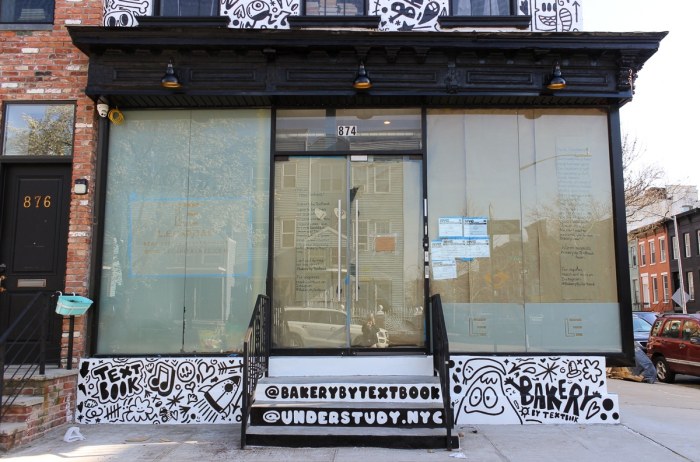
Monsignor Robert Ritchie’s job is to make sure everyone at St. Patrick’s Cathedral feels welcomed and most of all comfortable within the walls of the Fifth Avenue religious landmark.
“In Europe the cathedrals are either freezing or hot. There isn’t any air conditioning or heat. You wouldn’t consider building a church today without it. Americans like their air conditioning,” he said as he explains the benefits of the cathedral’s new geothermal heating and air conditioning system — the last of several finishing touches to the cathedral’s $175 million face-lift.
Comfortable temperatures should bring the flock in year-round while the environmental friendly innovation will reduce carbon dioxide emissions and cut energy costs by 35 percent, Ritchie said. He is the archdiocese’s lead person supervising the cathedral’s refurbishing.
The 11-year project entailed the washing and scrubbing of its spires, facades inside and outside — all restored to its original gleaming white color. Stained-glass windows have been fixed and polished, as have the majestic bronze doors that adorn the Fifth Avenue entrance. The cathedral’s organ and pipes also have been washed, polished and retuned. “It has been returned to its pristine state,” Ritchie said.
The new geothermal system, which replaces Con Edison steam, is quiet as a church mouse. It distributes hot and cold air through the church’s original vents. Hot and cold air is converted from water that is extracted from underneath the cathedral’s underground rock called “schist.”
Ten wells were drilled alongside the cathedral into the schist rock where water is collected then pumped into an exchanger that produces hot and cold temperatures that are distributed throughout the cathedral’s 76,000 square feet, said architect Jeffrey Murphy of Murphy, Burham & Buttick in Manhattan. “It is smart technology that is very forward thinking.”
John Rhyner, vice president of geothermal services at P. W. Grosser Consulting in Bohemia, whose engineers designed, tested and inspected the well system, said crews were surprised when the bedrock sprouted an unusual amount of water.
“Manhattan schist bedrock is notoriously stingy with water,” said Rhyner, a geologist. “We hit a zone about 900 feet down and it had high flows — a substantial amount. It was unexpected,” he said. “This is very beneficial for the wells and it will boost up the thermal capacity.”
Unexpected surprises that seem divine are routine when working in a church, Ritchie said. He remembers one parishioner at St. Catherine’s Church on 153rd Street and Amsterdam Avenue where he was rector.
“He was a crotchety old man” who looked poor and disheveled and always sat strategically in front of the church’s 4 by 4 fan. “He always asked to use the church phone and I let him. You never thought he had a couple of dollars but he was a musician with the Glen Miller band and when he died he willed the church a substantial amount — enough to install air conditioning,” Ritchie said with a chuckle and a wide smile.
“The whole idea is to welcome” the faithful, said Ritchie, who wants to be remembered as the rector who kept St. Patrick’s front doors open no matter the temperature.
















